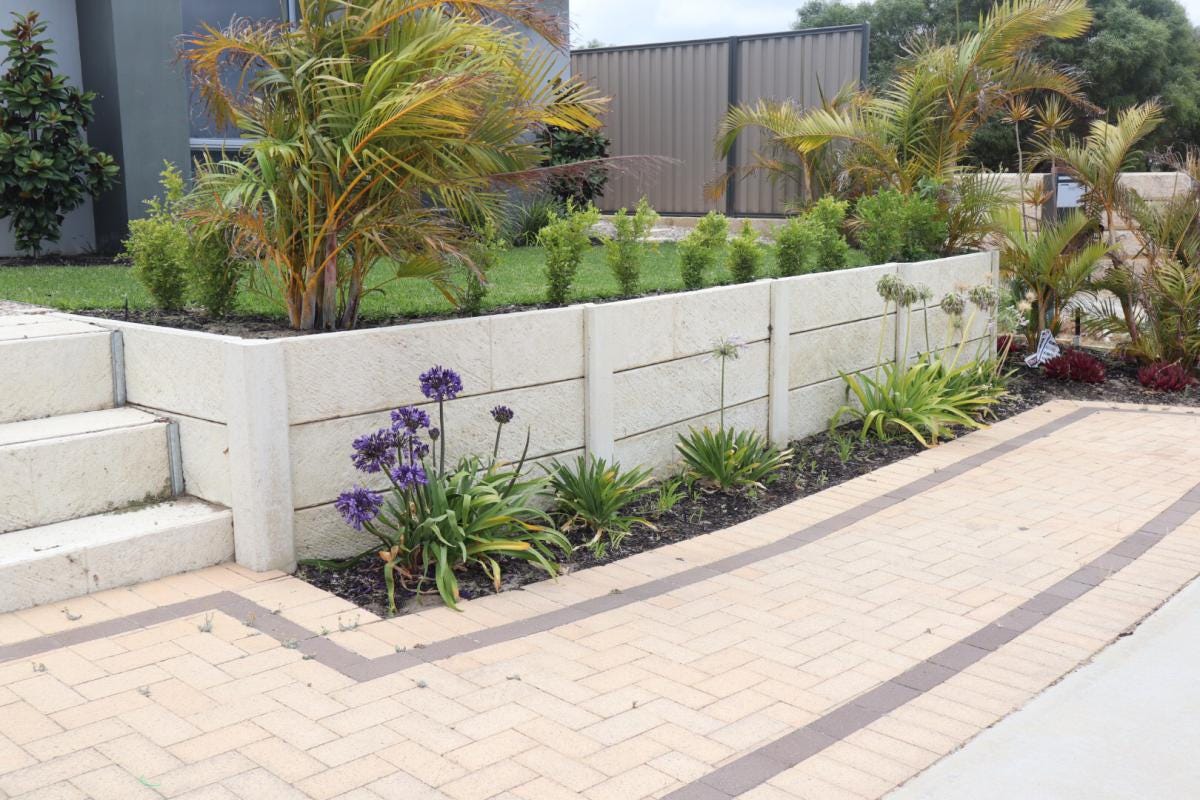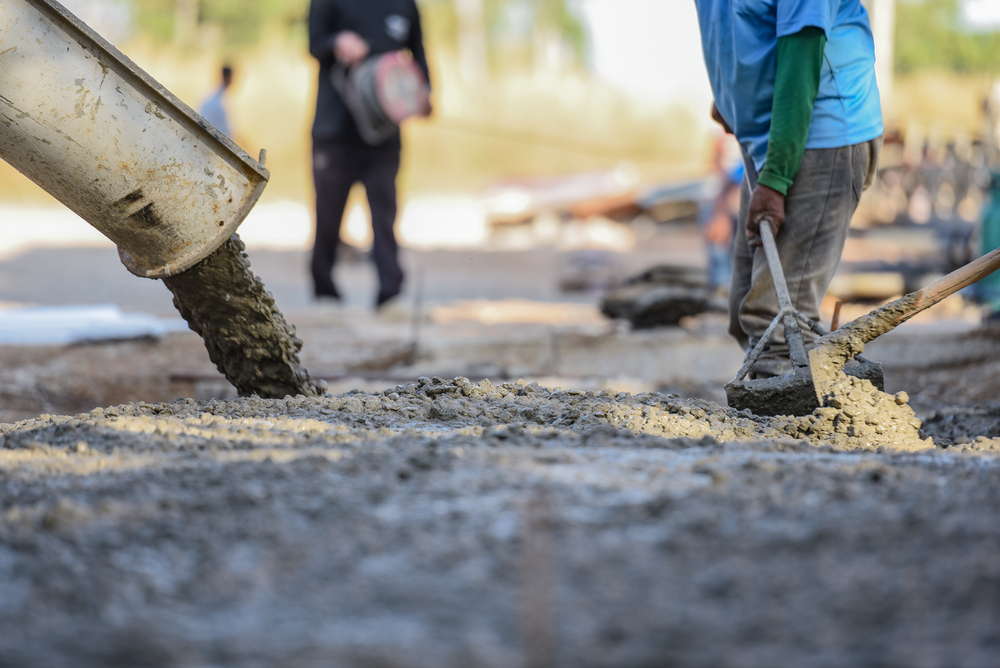Our planet that’s retained is often referred to as backfill. The phrase backfill is also applied as a verb to spell it out putting more dirt behind a Retaining Walls Berkshire to make the ground more level.
Preserving walls may be the answer if you’re blessed (or cursed) to a curved lot. They can turn a high mountain into a terraced garden, developing a stair stage effect instead of a slope. Preserving surfaces could be constructed from a variety of components using many different techniques. There are numerous facets that impact which choice would be the most useful selection for each situation, including charge, top of the wall, earth characteristics, and soil water conditions.
Generally, many municipalities require that any keeping wall around four legs high be engineered or permitted by an authorized engineer. It is essential to test regional building codes prior to starting any keeping wall jobs, even if it is below four legs tall. After all, maintaining surfaces should really be structurally noise before there is any thought of aesthetic appeal. The retaining wall must have the ability to stand up to the force exerted by the backfill, also referred to as lateral planet pressure.
That horizontal world force is a lot of the power that the retaining wall will need to bear. Horizontal world force is set by learning the weight of the earth system, slope of the land, earth type (for plasticity and adhesion applications with clay land types), and surface water levels. Technicians do many calculations with these facets to ascertain what design to apply with the wall. To homeowners and technicians that perhaps not wish to go through engineering steps, it’s typically a good concept to overdo it. Many structural strategies to build preserving walls with withhold world, at least quickly, with a height up to four feet, are ample, which is why most local creating codes need design if the wall will soon be over four feet tall.
However, actually strategies that could look adequate for retaining planet may crash if they are maybe not created properly. Often, it is components under grade that will produce (or break) a preserving wall. Problems including bowing, slanting, or breaking are evidence of preserving wall disappointment since it was not effective in retaining the dirt. Cutting charges with a negative contractor, insufficient resources, or failing the under rank aspects can come out to be more expensive over time if replacement or repair is important often or if fail of world triggers damage to nearby structures. Like, erosion could cause base problems if soil erodes from underneath the foundation. That is just one of these how a keeping wall failure can cause expensive issues apart from the cost to correct or change the maintaining wall.
Yet another aspect that is frequently forgotten or overlooked that could trigger failure of a keeping wall is drainage. Insufficient drainage of preserving surfaces may imply that water is trapped behind the wall, contributing to the weight that the wall should hold back. Usually weep holes and/or drainage pipes are accustomed to flush water water and soil water from behind the wall. It is important that the drainage process, whatsoever it be, have a filter barrier to help keep dirt from blocking the drain or weep hole.
Railroad Crossties – Railroad crossties, also shortened to railroad connections, can be used as a maintaining wall substance; nevertheless, as with many every keeping wall material, it should be mounted properly to be able to be a solution. Like, many railroad tie preserving surfaces will be needing a considerable footer to wrap the crossties to in order to hold underneath from slipping out. Also, there must be perpendicular people located in to the bottom behind the wall to help keep the wall from overturning.



Recent Comments